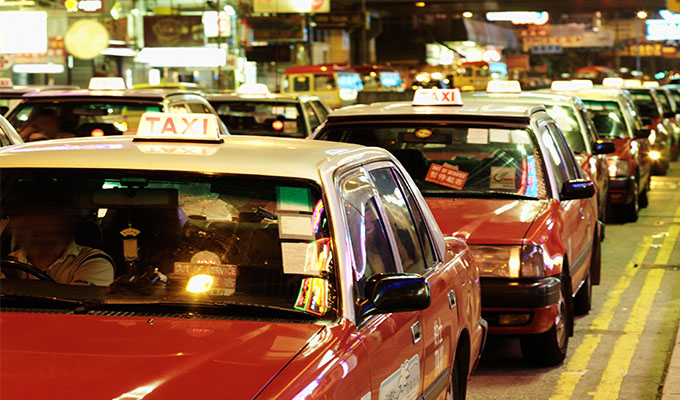The wave of taxi-calling apps has swept through Hong Kong, dashing the local traditional taxi industry. In this issue, Dr Hung Wing-tat at the Department of Civil and Environment Engineering shares his latest findings of analyzing the challenges facing the taxi industry in Hong Kong and proposing ways to tackle these problems.
Please briefly introduce the background and contents of this study.
In recent years, taxi-calling apps are becoming popular in Hong Kong, creating heated debate among the public and the industry. The situation also brings out problems of the traditional taxi industry, including poor services (e.g., choosing passengers or refusing hires, impolite attitudes etc) and the ageing workforce.
Commissioned by a taxi dealer, we interviewed some 600 passengers and 700 practitioners last July and August to understand taxi services from two perspectives. Passengers were asked to evaluate 12 items on the importance and satisfaction on taxi services. We also contrasted local taxi services with those in major world cities, including New York, London, Tokyo, Seoul, Singapore and Taipei. The research team also visited government officials, taxi companies and academia in Seoul and Tokyo to discuss related issues.
What are the findings of the study?
The study saw a rising trend in complaints on taxi services, with the most frequent complaints on refusing hires and making detours. The study also found that only drivers’ tidiness and appearance could meet passengers’ expectation. However, the most concerned safety, travelling time and drivers’ knowledge aspects were far from passengers’ expectations.
The study found that the average age of taxi drivers ranged from 51 to 60 years old, far exceeding the average age range of 35 to 44 in transportation, warehouse and express services shown in Census 2011. Also, taxi drivers and owners had monthly income ranging from $11,000 to $24,000. Taken inflation into account, there was basically no rise in their monthly income within the period 2007-2013.
These findings reflected the declining service levels and the lack of young people in joining the workforce. The workforce problem was most critical as many taxis were left idle without drivers.
What causes the succession gap in the industry?
Local drivers are at about 50 or 60 years old with lower education level. It is difficult to attract youngsters to join the industry given the fairly low pay and the lack of career prospect. Traditional taxi drivers generally have volatile income and incompetent training. As a result, there is much difference in their service quality. This gives the public a negative image.
What are your recommendations on solving the ageing workforce problem?
I recommend introducing a two-year diploma programme in personalized transportation service for secondary school graduates to properly train young people before joining the trade. With systematic delivery of management knowledge, service attitude and driving skills, the programme will allow students to see the career prospect and promotion path. This way, they can be trained to gradually work up the career path, i.e. starting from self-employed drivers, then fleet managers to car owners, taxi company operators or entrepreneurs. The programme should broadly cover areas such as sightseeing, ecology, historic monuments and fleet operation skills. This knowledge will help youngsters create innovative services leading to better income.
Also, the government may consider exempting those enrolled in the programme from the three years’ driving experience currently required to becoming a taxi driver. Once youngsters and practitioners have higher income, better prospect and more professional trainings, their service quality will be improved.

